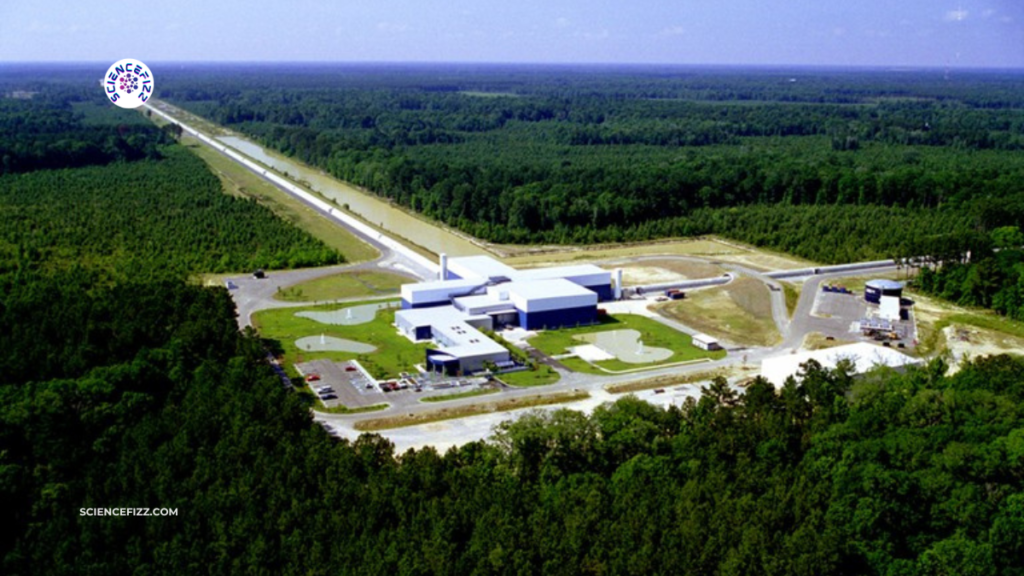Discover the LIGO India project and how it will benefit the country. Explore the revolutionary technology & observatory which detects gravitational waves.
The Indian government gave its clearance for the LIGO project’s development after seven years of in-principle approval.
The Department of Atomic Energy, the Department of Science and Technology, and the US National Science Foundation, together with a number of other national and international scientific organizations, will work together to construct it.
The initiative is anticipated to dramatically boost gravitational-wave astronomy research studies and further our understanding of the cosmos.
What Is LIGO? Why Is It Significant?
LIGO means Laser Interferometer Gravitational-Wave Observatory. The LIGO network of laboratories, located all around the world, has been established to find gravitational waves.
Since these waves are so weak, it is quite difficult to detect them. The LIGO detectors are capable of detecting variations in the distance that are multiple sequences of magnitude smaller than a proton’s length.
The first gravitational wave detection by LIGO was in 2015 and that was a historic achievement.
These waves were created 1.3 billion years ago by the collision of two black holes with masses 29 and 36 times that of the Sun.
In 2017, this accomplishment was awarded the Nobel Prize in Physics to the scientists involved in the project.
Read Also: ISRO Aditya-L1: India’s First Solar Mission To Explore Sun-Earth Connection.
World’s 4th Operational Observatory
LIGO-India project will contribute the 4th Operational Observatory to the world as there are only 3 operational gravitational wave observatories in the world.
- Hanford & Livingston, United States
- Virgo, Italy
- Kagra, Japan
The 4th LIGO Operational Observatory will help the world with accurate detection for operational gravitational wave observations.
The two 4-km-long vacuum chambers that make up the LIGO detectors are placed at right angles to one another and have mirrors at the ends. Light beams are simultaneously released into both compartments to conduct the experiment.
The recovery of the light in both chambers should often occur simultaneously. But as a gravitational wave moves through, one chamber lengthens while the other shrinks, creating a phase difference in the light waves that emerge.
The discovery of this phase difference establishes the gravitational wave’s existence.
What Is LIGO India Project?
The LIGO-India project aims to detect gravitational waves emerging from the universe. It includes the building of two vacuum chambers, each 4 km long and perpendicular to the other.
This makes them the most sensitive interferometers in the world. The facility will be situated in the Hingoli area of Maharashtra, roughly 450 kilometers east of Mumbai, and scientific runs are anticipated to start in 2030.
How Will LIGO India Project Benefit The Country?
The LIGO-India project is notable because India will participate in a prominent international scientific experiment as the network’s fifth node.
With the completion of this project, India will become a cutting-edge hub for the fusion of quantum and cosmic science and technology.
It could offer previously inaccessible insights into the nature of neutron stars, black holes, and other celestial phenomena, as well as the secrets of the cosmos.
